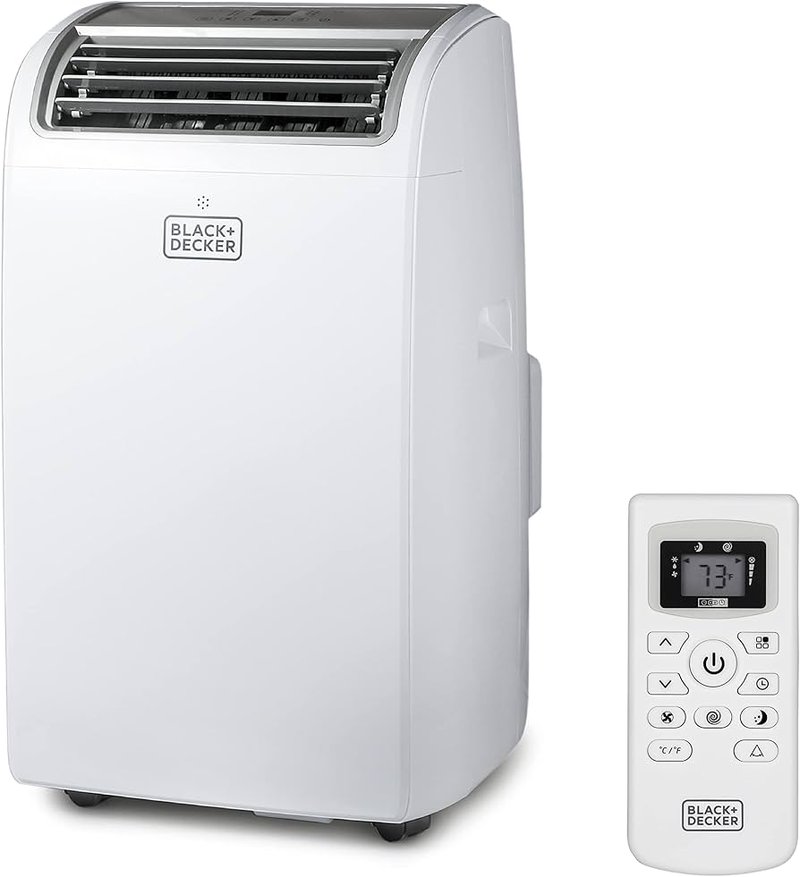
Error code “OE” on your GE air conditioner usually relates to issues with the outdoor unit or its fan. This code is much like a red flag signaling that something’s off with your air conditioner’s external components. Think of your air conditioner as a team where each player has a role; if one player’s out of sync, the whole team can falter. The outdoor unit is critical in keeping your air nice and cool, so let’s dive into what might be causing your GE unit to display this OE error code and how you can address the problem.
Understanding the OE Error Code
Before diving into the causes, it’s helpful to understand what the OE error code signifies. In the realm of GE air conditioners, this specific code often points to an issue with the outdoor unit’s fan, such as the fan not spinning effectively or failing to start at all. Imagine trying to cool your room with a fan that’s stuck or barely moving—it just wouldn’t work! Similarly, if the air conditioner’s fan isn’t functioning correctly, the entire cooling process can come to a screeching halt.
The fan plays a vital role by pulling air through the coils of the unit, helping to cool down the refrigerant and expel warm air outside. When the fan isn’t working as it should, the air conditioner struggles to maintain a consistent and comfortable indoor temperature. As a result, you might notice that your room isn’t getting as cool as it used to, or the unit might be running much longer to achieve the same effect. It’s the air conditioner’s way of raising its virtual hand to say, “Hey, I need some help here!”
Addressing this issue early is essential because, over time, an improperly functioning fan can cause wear and tear on other components of your unit. This can lead to more extensive (and expensive) repairs down the line. But don’t worry—you can often get to the root of the problem with a little troubleshooting.
Possible Causes of the OE Error Code
Fan Motor Issues
One common cause of the OE error code is a problem with the fan motor in the outdoor unit. The fan motor is like the heart of the fan system, pumping life into the blades so they can spin and cool the air. If this motor runs into trouble, think of it like a tired runner who can’t keep up with the race—it’s not going to accomplish much. Common issues could include electrical faults, damaged wiring, or even something as simple as a blown fuse.
If the fan motor is faulty, the first step would be to check for any obvious signs of damage, such as burnt smells or unusual noises when the air conditioner is running. These clues can provide insights into what’s happening under the hood. In some cases, a professional technician might be needed to test electrical components or replace a worn-out motor. It’s always better to catch these issues early.
Obstructions and Blockages
Another potential cause could be physical obstructions around the fan or within the unit itself. Picture a bicycle wheel that’s been jammed with sticks or debris; it wouldn’t be able to rotate smoothly. Similarly, if the area around your air conditioner’s fan is cluttered with leaves, dirt, or other debris, it might prevent the fan from spinning freely. This blockage can trigger the OE error code, as the air conditioner detects that the fan isn’t working as it should.
Regularly inspecting and cleaning the area around your outdoor unit can prevent this. Clear away any visible debris and ensure there is plenty of space around the unit for airflow. If you suspect something is wedged inside and hindering movement, it might be wise to call in a professional to safely dismantle and clean the unit internally.
Electrical Problems
Finally, electrical issues within the outdoor unit or its connections can also trigger the OE error code. Electrical components, like capacitors and control boards, are the brains and nerves of your air conditioner. If they fail, it’s like your air conditioner losing its sense of direction! A faulty capacitor, for instance, might not provide the necessary kick to start the fan.
Accessing and diagnosing electrical components can be complex. If you suspect an electrical issue, it’s best to consult a qualified HVAC technician. They can perform detailed testing to pinpoint the problem and recommend the appropriate fix, ensuring the unit runs like a well-oiled machine.
Next Steps and Prevention Tips
Addressing an OE error code might seem daunting at first, but it’s manageable with a bit of troubleshooting and professional help. Start by checking for visible obstructions or debris around the fan, listening for unusual sounds, and making note of any unusual smells. These can be your first clues in solving the mystery. If the issue persists, consulting an HVAC technician will help ensure your unit gets the care it needs.
To prevent these issues in the future, regular maintenance is key. Just like you get an oil change for your car, having an HVAC professional inspect and service your air conditioner can keep it running smoothly. They can clean internal components, check electrical connections, and ensure everything is in working order before the sweltering heat arrives.
Remember, addressing these issues early not only keeps your home cool and comfortable but also extends the lifespan of your air conditioner, saving you money and hassle down the line. So, keep an eye on those error codes, and your air conditioner will thank you with years of reliable service.